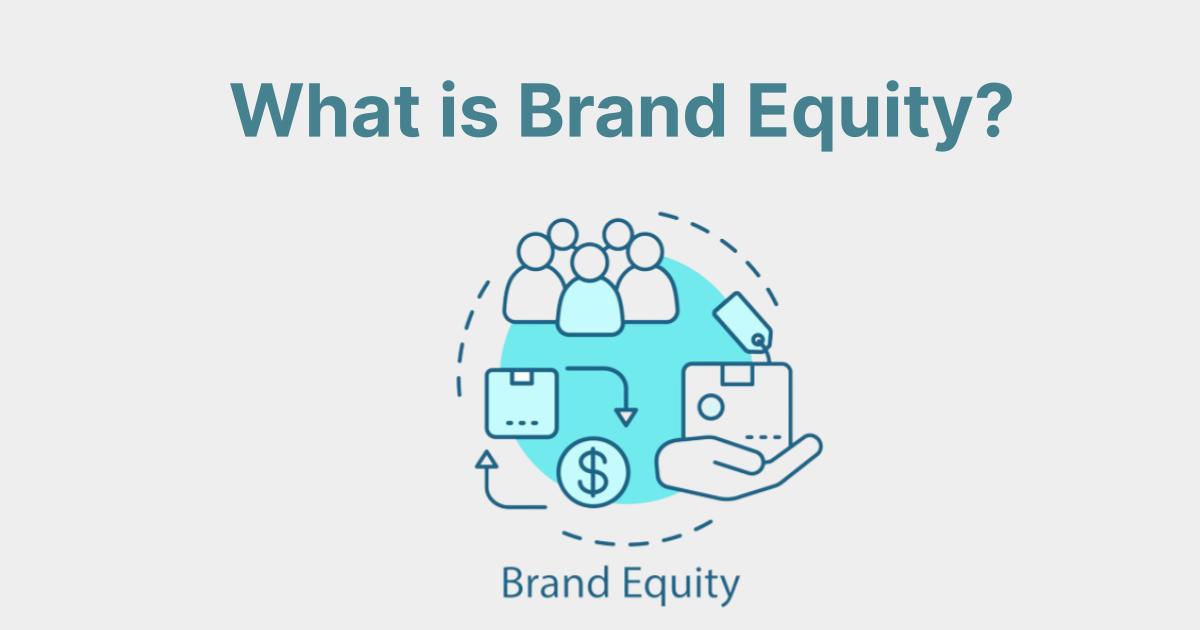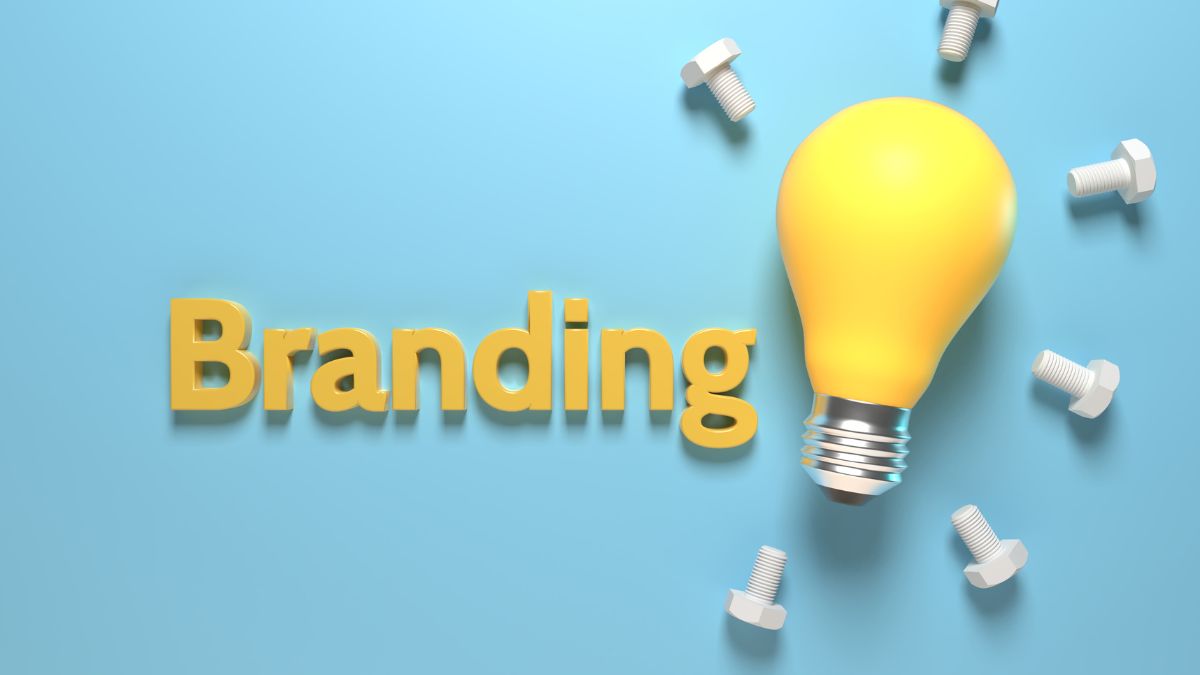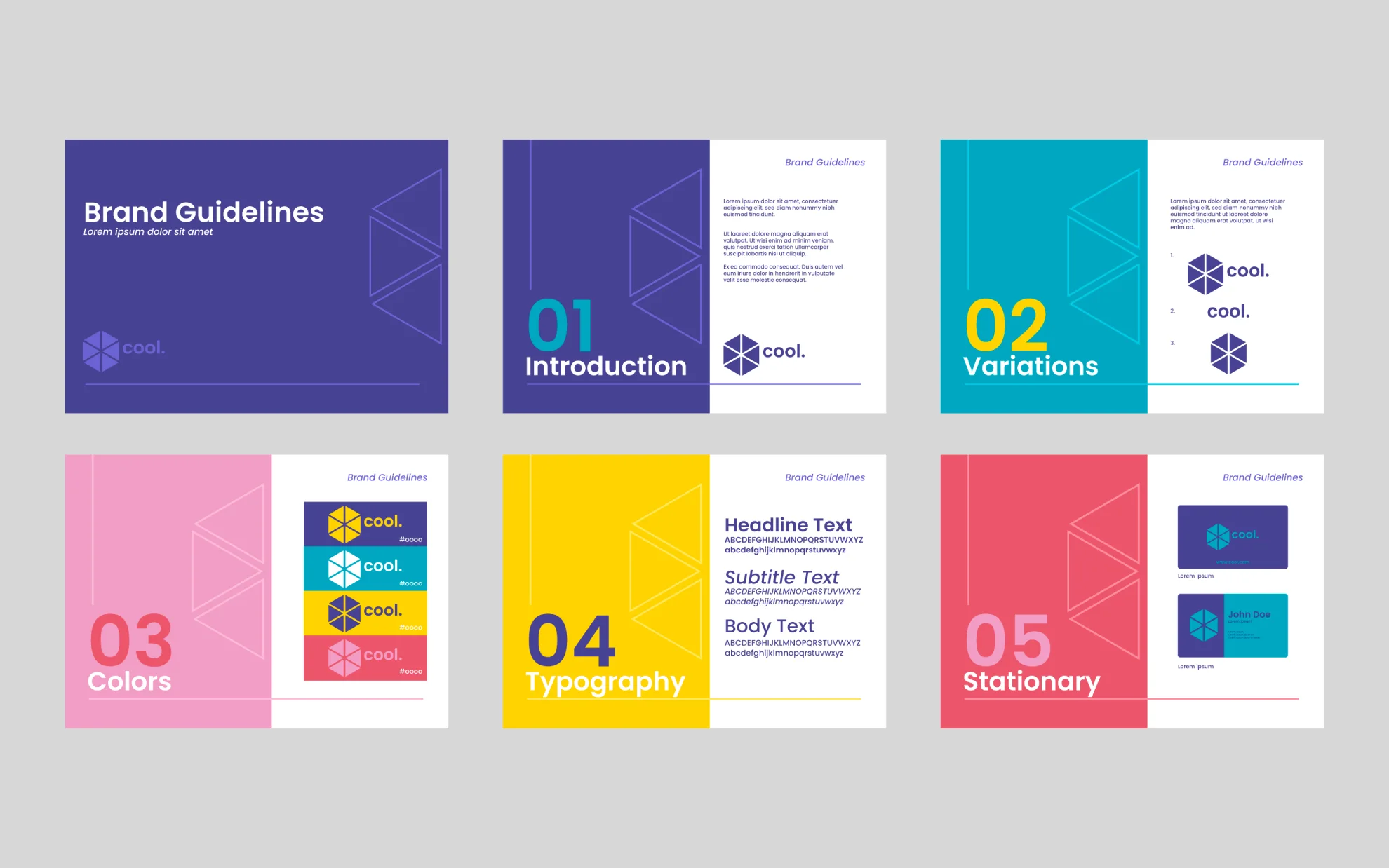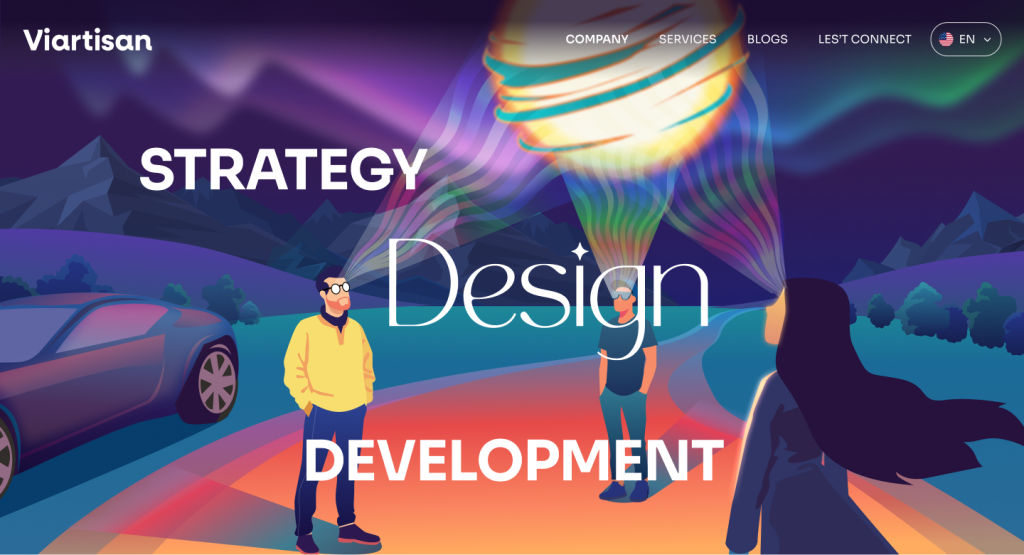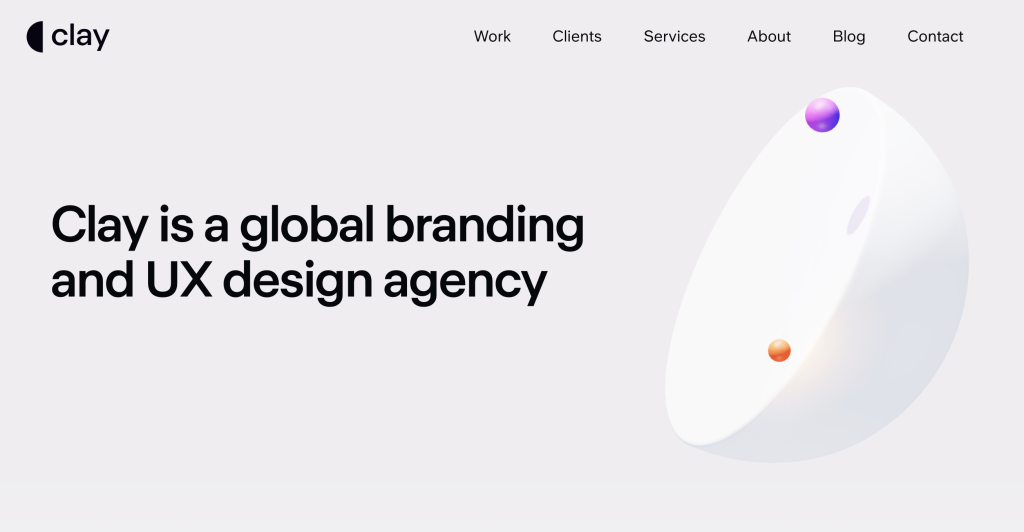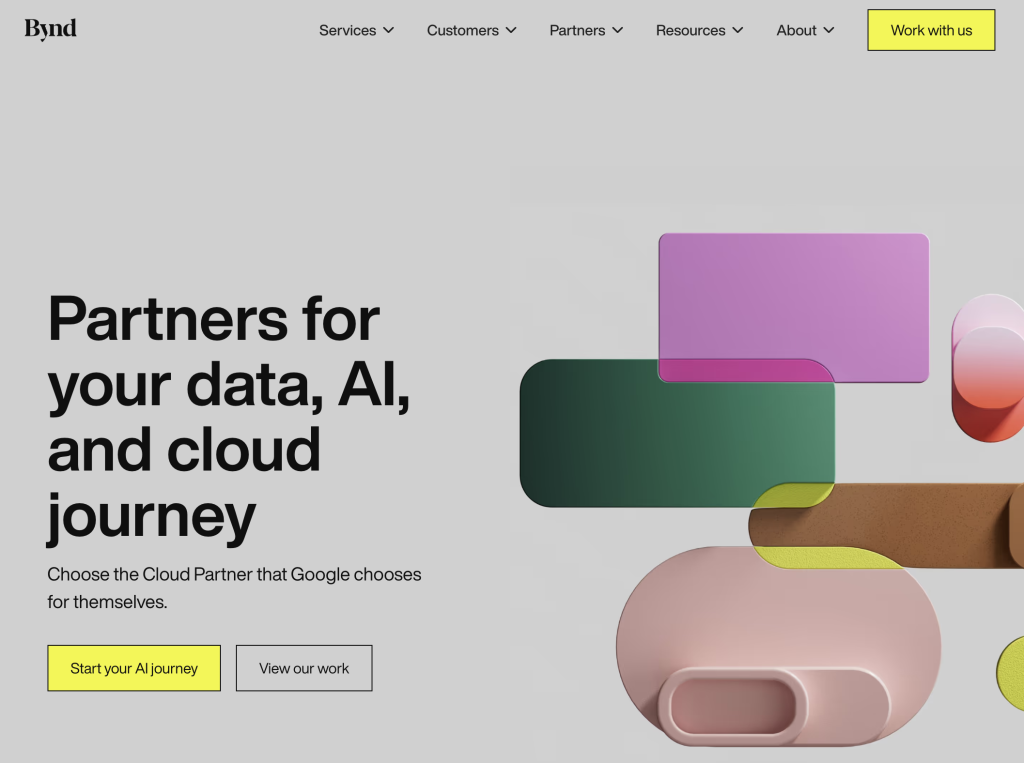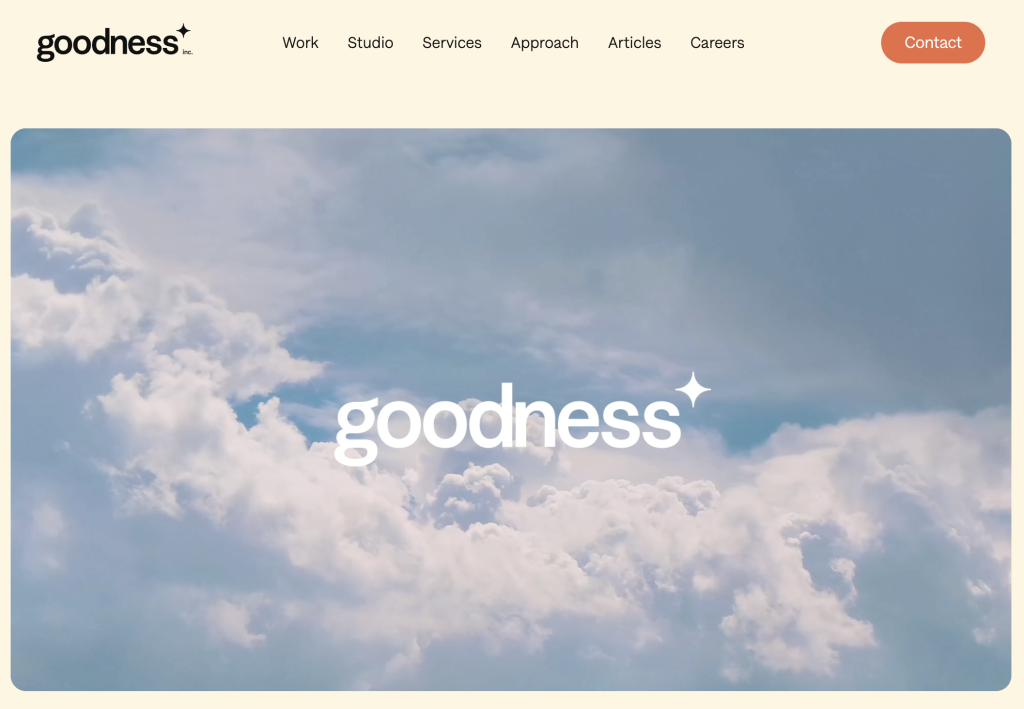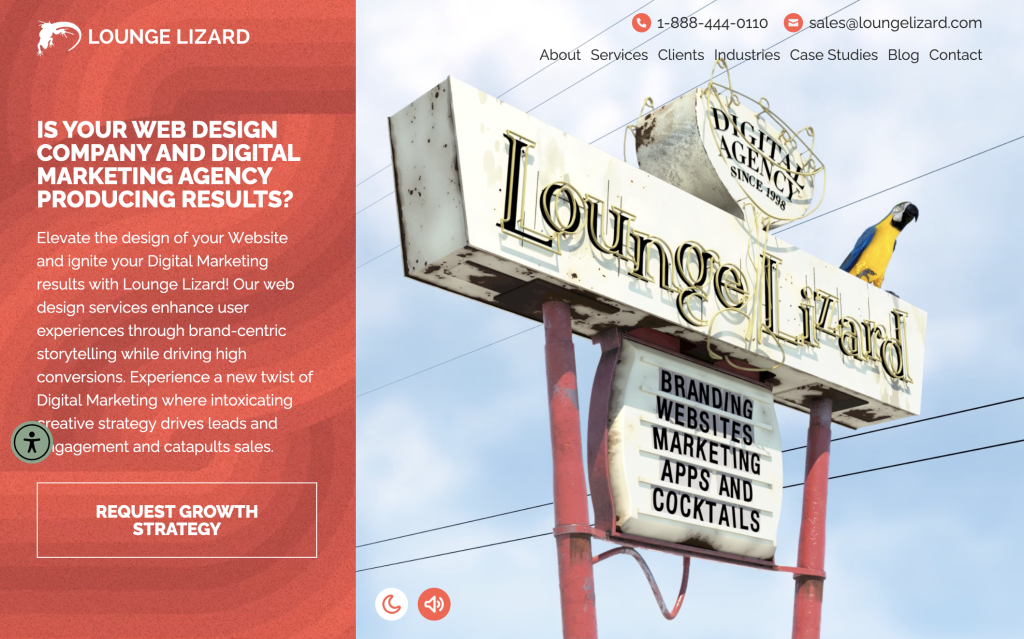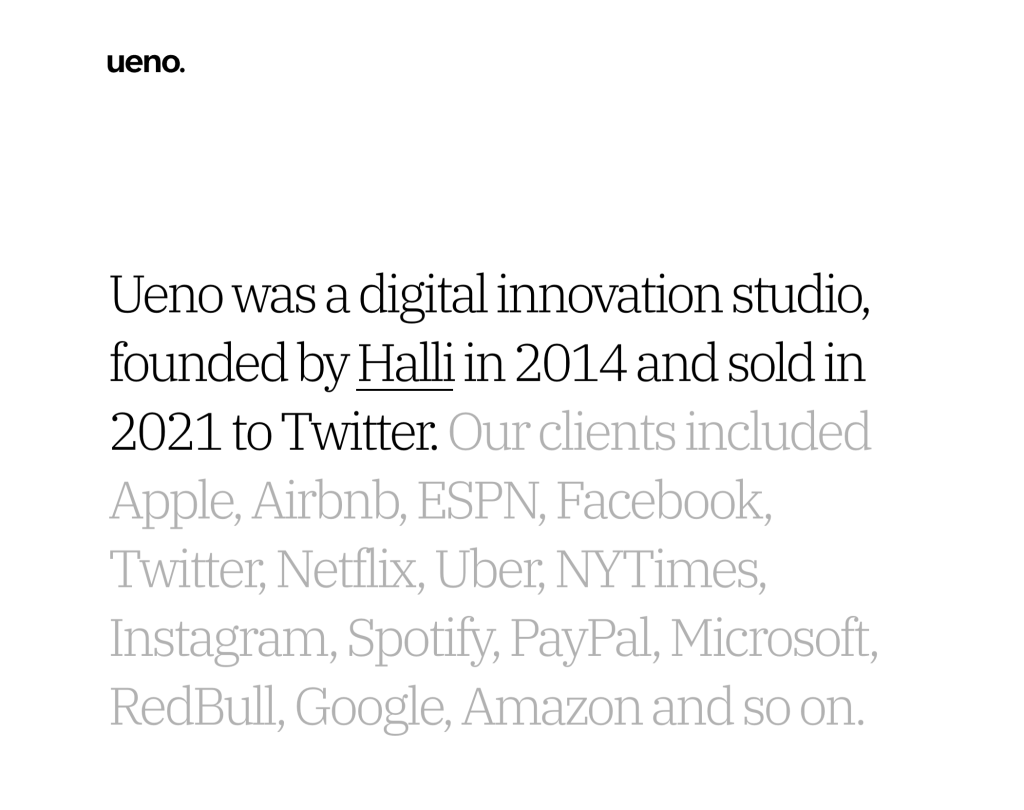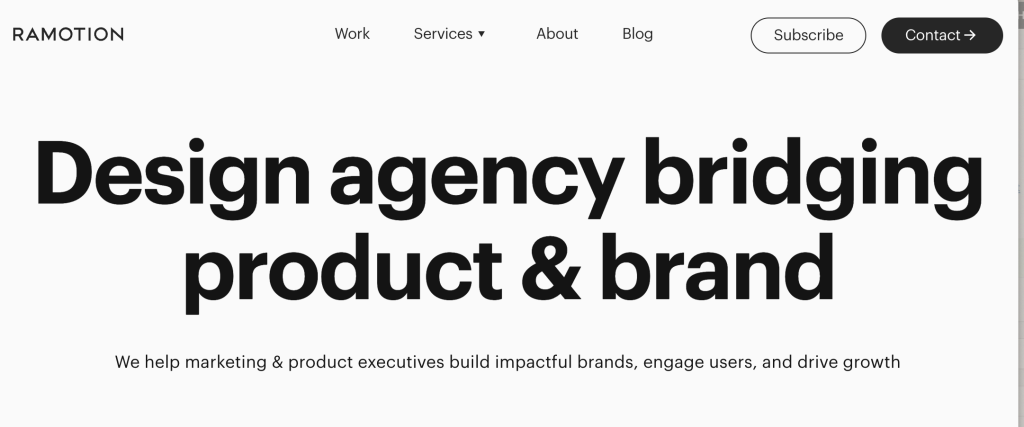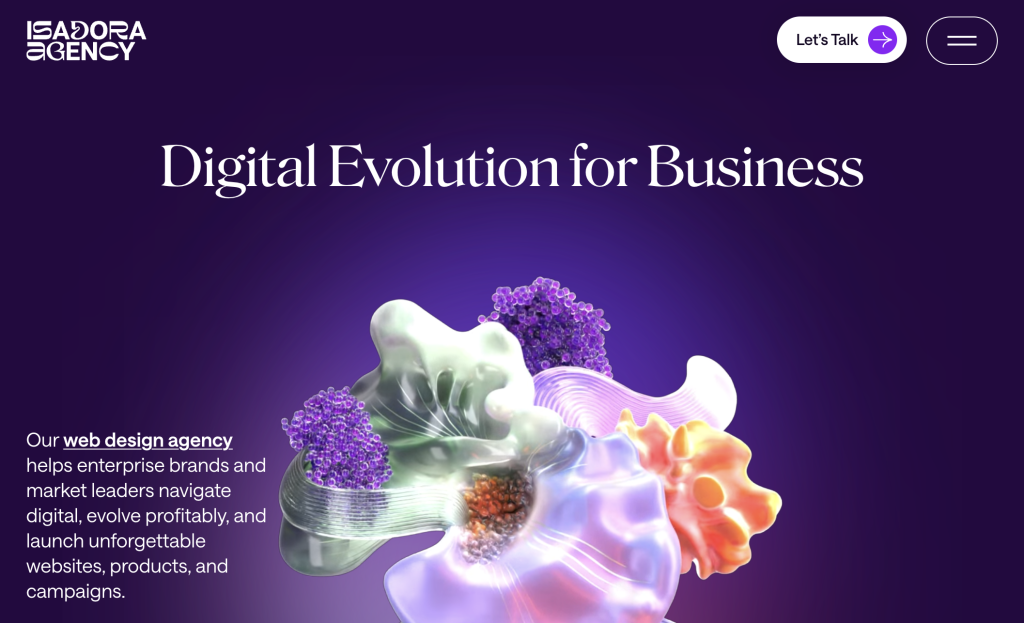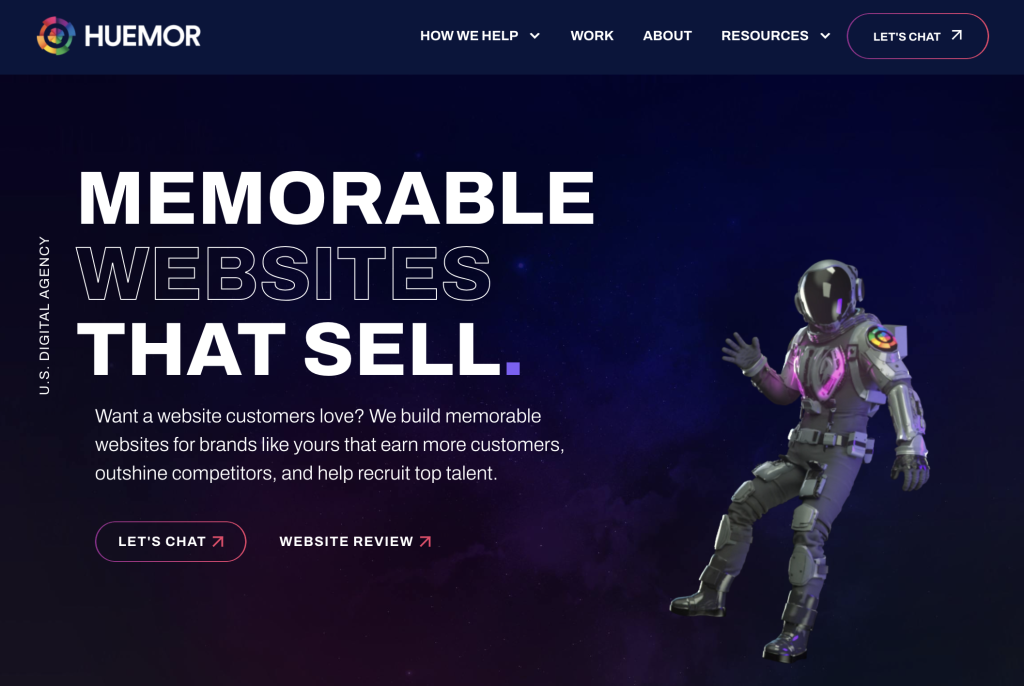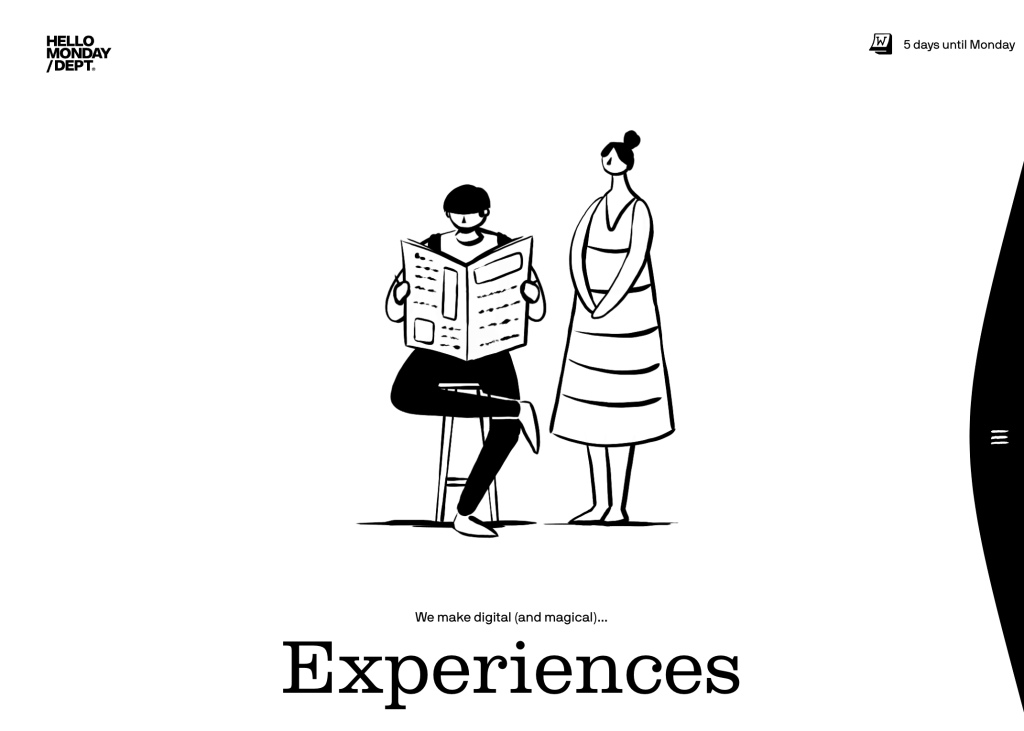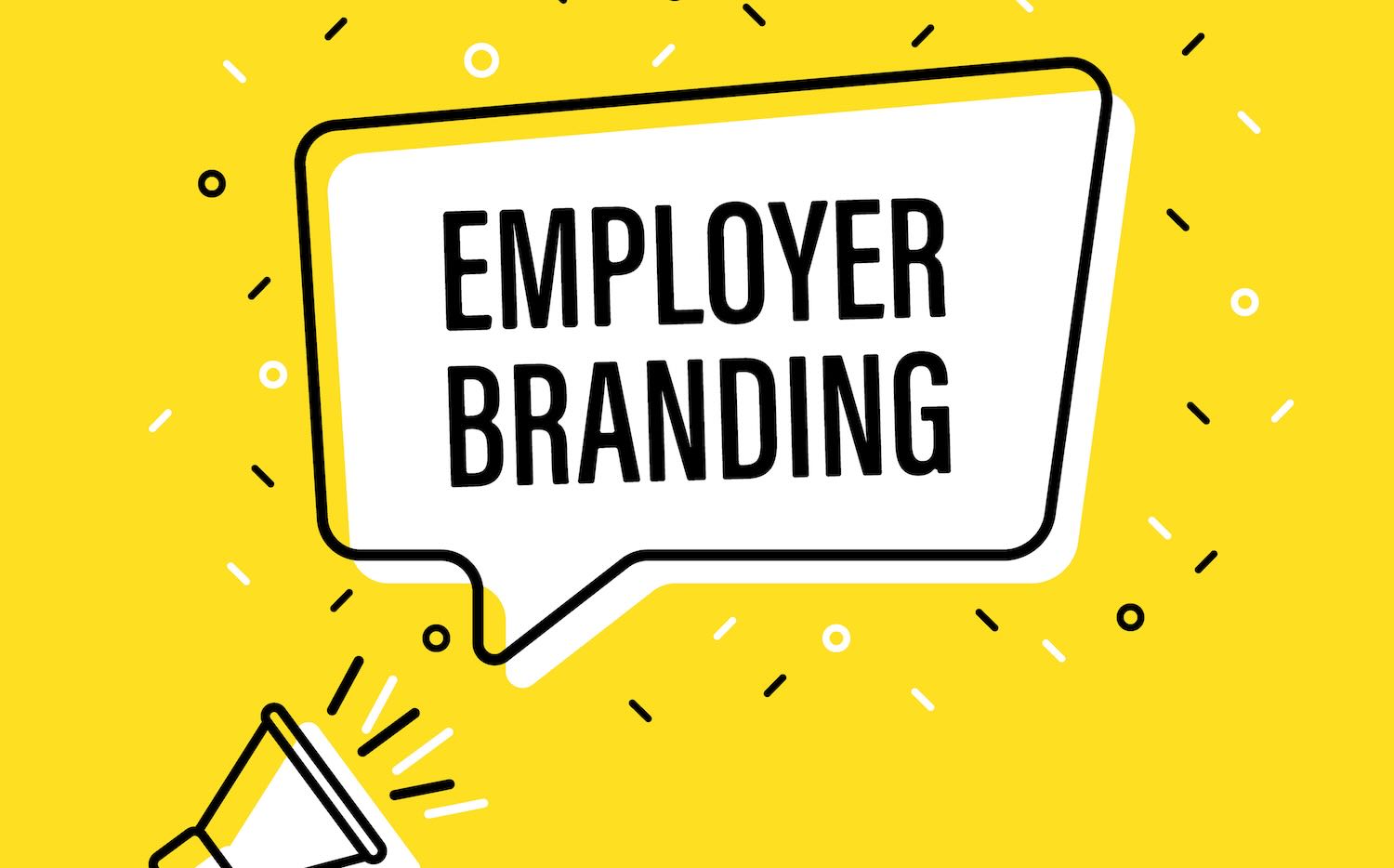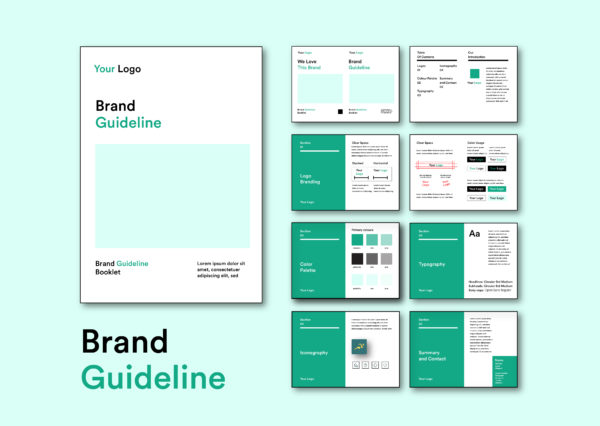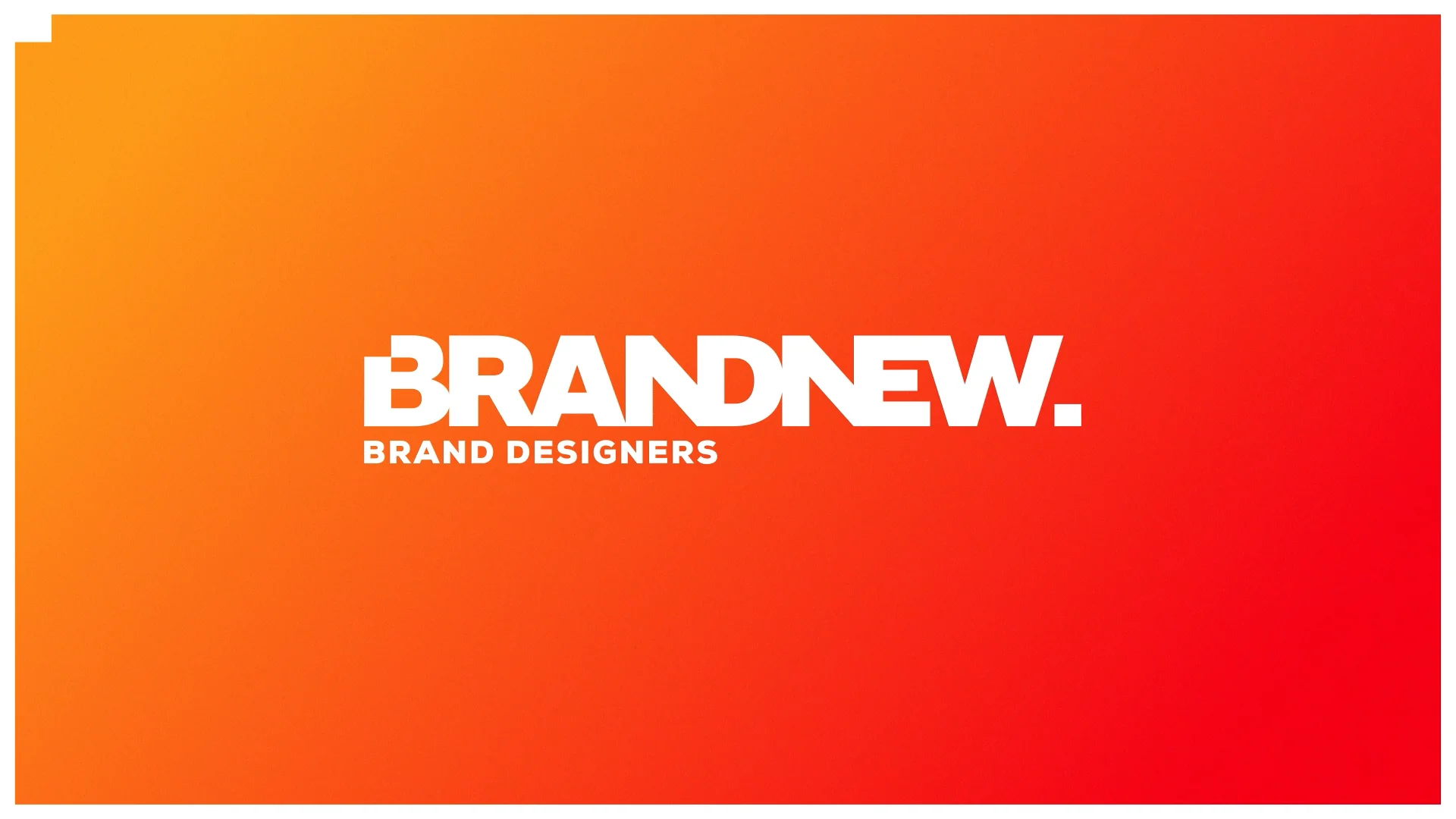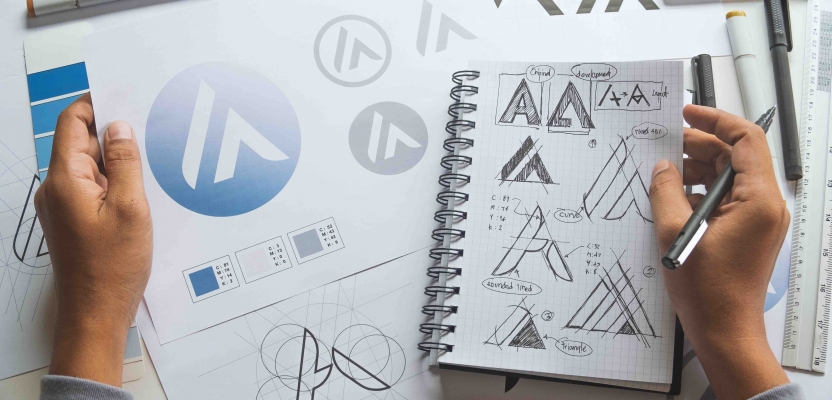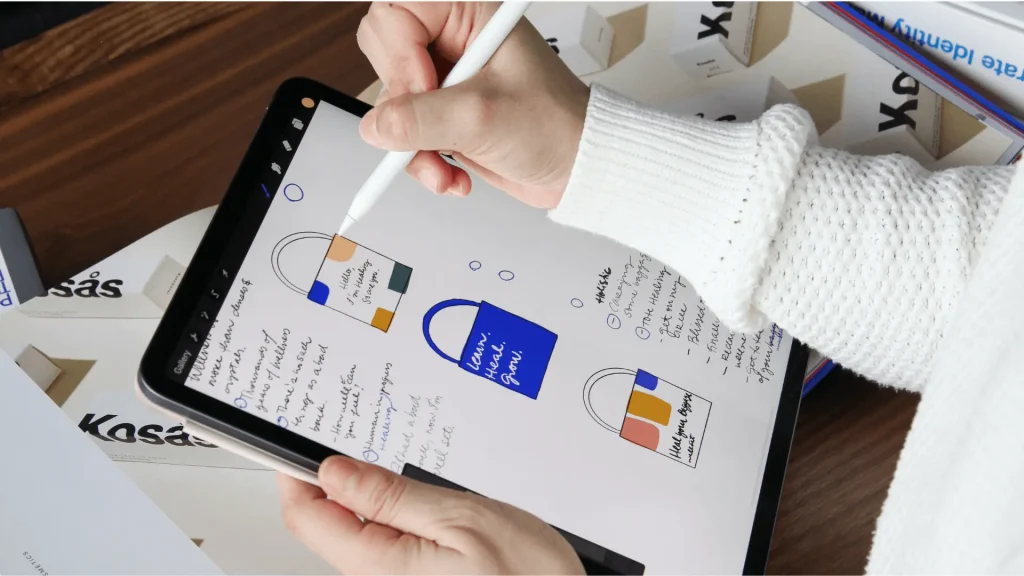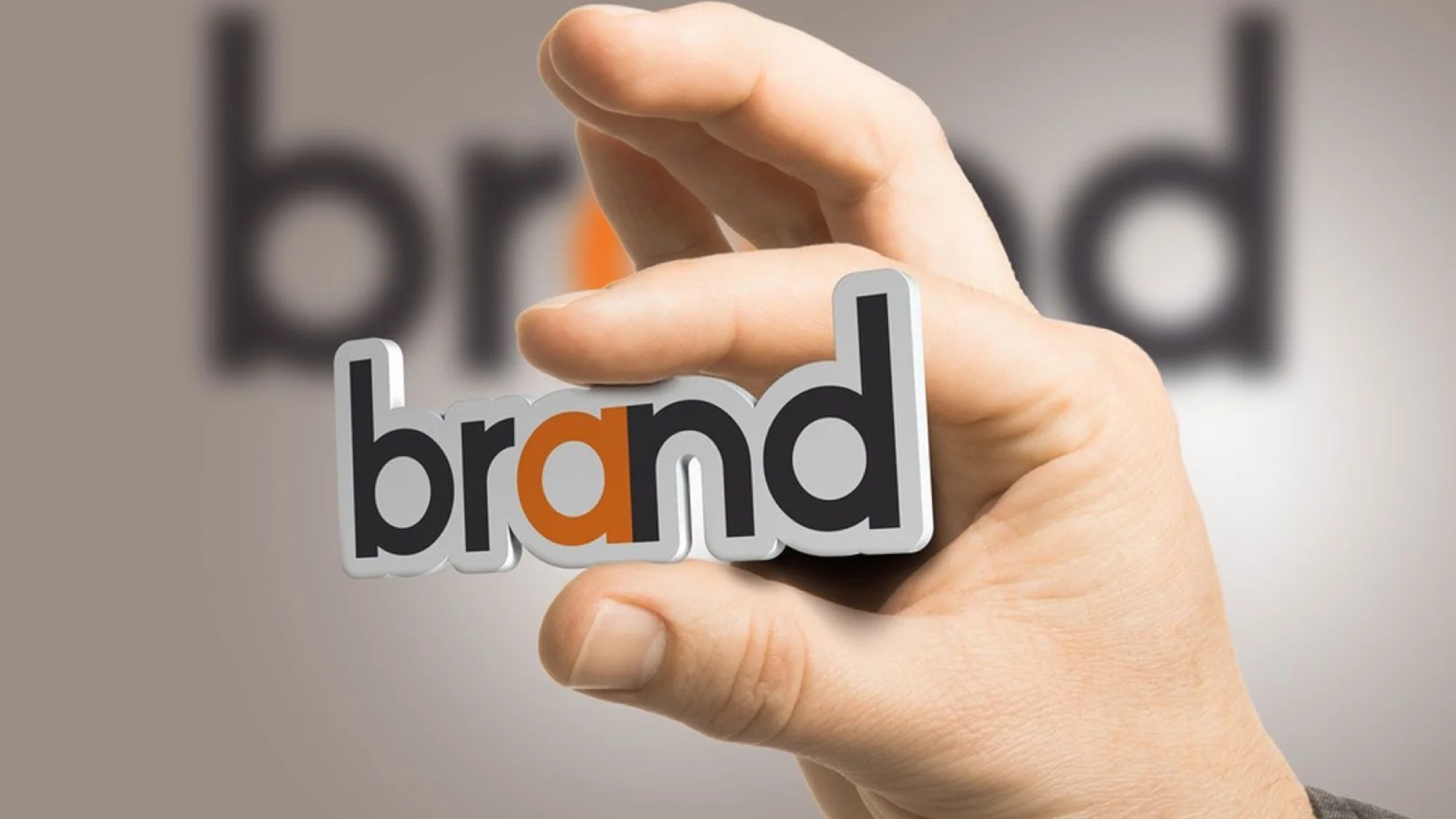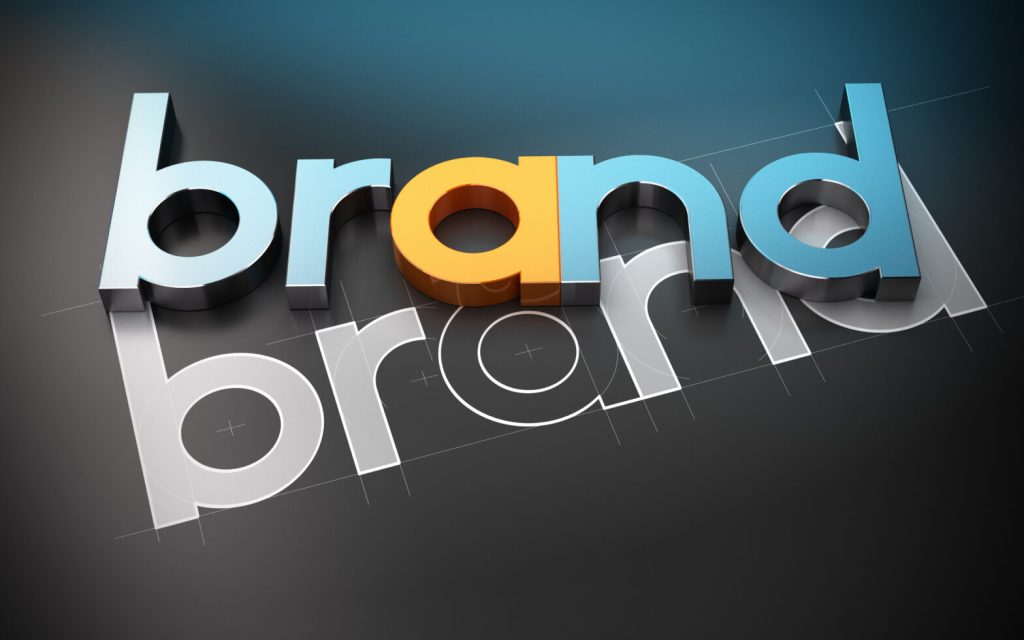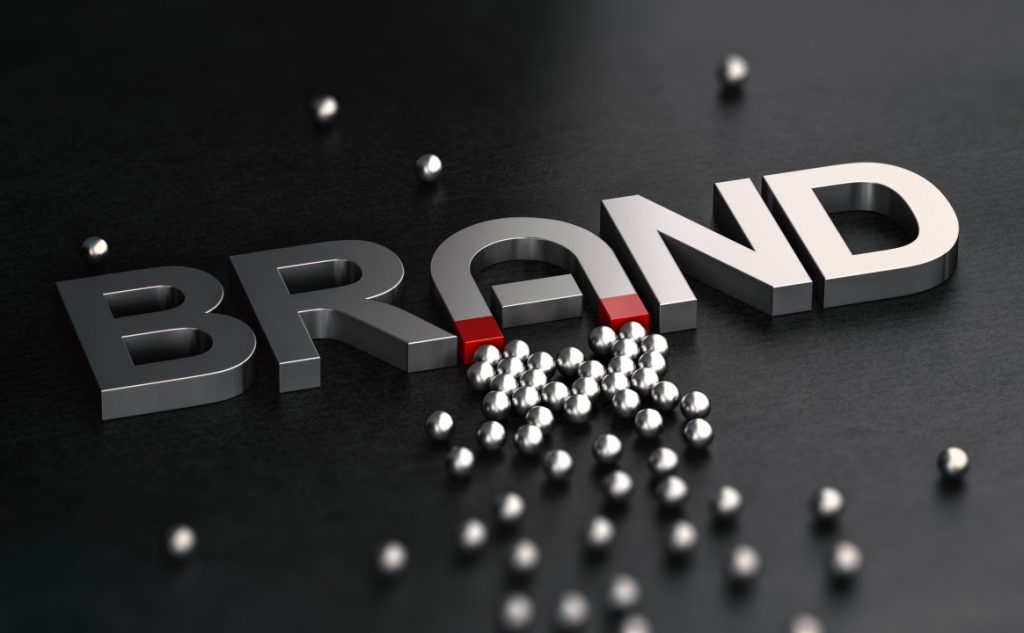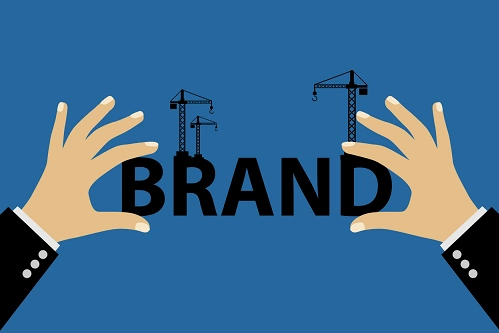Strong brands don’t just sell—they influence, inspire, and last. The secret? Branding equity. It’s the invisible force that makes people choose Apple over alternatives or pay more for a Starbucks coffee. In this article, we’ll explore what brand equity really means, how it’s built, and how you can leverage it to grow your business sustainably.
Whether you’re a startup founder or an established business leader, understanding brand equity helps you transform your brand from a product into a valuable asset.
What Is Branding Equity?
Brand equity refers to the value of your brand in the minds of consumers. It’s the cumulative effect of all experiences, perceptions, associations, and loyalty tied to your brand over time. Unlike physical assets, brand equity is intangible—but its impact is tangible and powerful.
A brand with high equity has:
- Strong name recognition in its category
- Positive customer associations and emotional resonance
- Perceived higher quality and credibility
- Customer preference and loyalty over competitors
- Pricing power and resilience in volatile markets
In short, branding equity makes your brand a premium choice, not just an option. It enhances how customers feel about your brand and influences how they behave.
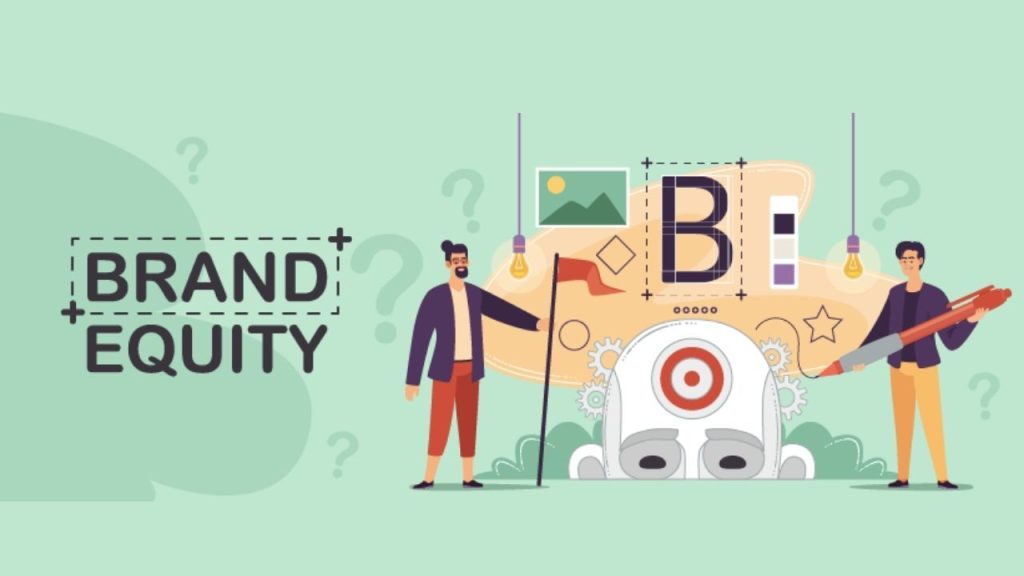
Why Is Branding Equity Important?
1. Higher Customer Loyalty
Customers with strong emotional connections to your brand are more loyal. They don’t just repeat purchases—they become advocates.
2. Increased Profit Margins
Strong brands can charge more without losing market share. Starbucks, for example, sells coffee at 3–5 times the price of its competitors.
3. Stronger Negotiation Power
Retailers, suppliers, and even investors are more inclined to work with brands that have consumer demand and loyalty.
4. Marketing Efficiency
A well-known and trusted brand spends less convincing and more converting. Campaigns perform better, and media costs are more efficient.
5. Business Resilience and Longevity
During crises or price wars, brands with deep-rooted equity weather storms better and bounce back faster.
According to Kantar, brands with strong equity grow revenue 3x faster than their peers.
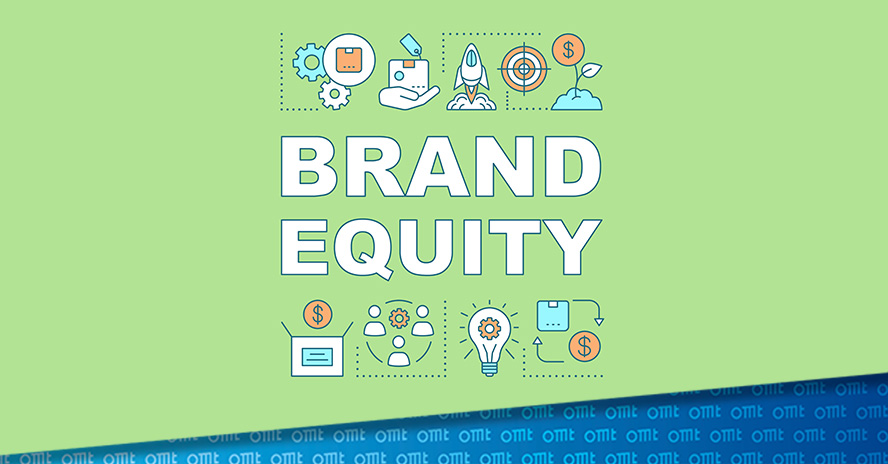
Components of Brand Equity
Brand equity isn’t built overnight. It stems from five interconnected elements:
1. Brand Awareness
Awareness is about recognition and recall. Can customers recognize your logo in a crowd? Do they think of your brand when they have a need?
Strategies to grow awareness:
- Content marketing and thought leadership
- Influencer partnerships and endorsements
- PR coverage and social visibility
2. Perceived Quality
This isn’t about what you say—it’s about what customers feel when they use your product or interact with your brand.
Ways to influence perceived quality:
- Design excellence and premium packaging
- Reliable customer service and user experience
- Third-party reviews, testimonials, and case studies
3. Brand Associations
These are the emotional and mental images people connect with your brand. Are you seen as innovative? Friendly? Luxurious? Sustainable?
You can shape associations by:
- Storytelling in campaigns
- Sponsoring aligned causes or events
- Using consistent visual and verbal identity
4. Brand Loyalty
The holy grail of brand equity. Loyal customers:
- Recommend your brand
- Forgive occasional missteps
- Resist competitor promotions
Loyalty grows through:
- Loyalty programs and perks
- Consistent value delivery
- Emotional connection and trust
5. Proprietary Assets
This includes trademarks, patents, domain names, and other brand IPs. They legally protect your brand and prevent others from mimicking your equity.
How to Build Strong Branding Equity
Creating brand equity requires intentional strategy and consistent execution:
Step 1: Define a Clear Brand Strategy
Start with the fundamentals:
- Mission, vision, and values
- Unique positioning in the market
- Customer personas and journeys
- Brand personality and voice
Without clarity, you can’t build consistent equity.
Step 2: Craft a Memorable and Consistent Identity
Design a visual identity that matches your strategy:
- Logos, colors, fonts, iconography
- Web and mobile UX/UI
- Brand photography and illustrations
Document everything in a branding guide so every team member or partner stays on-brand.
Step 3: Deliver Consistently at Every Touchpoint
Every ad, email, landing page, support ticket, and social post should reinforce your promise.
- Use omnichannel branding
- Train employees on brand behavior
- Automate brand-compliant marketing assets
Step 4: Listen and Adapt to Customer Feedback
Brand equity lives in your customer’s mind. Measure it often through:
- Net Promoter Score (NPS)
- Brand sentiment analysis
- Customer satisfaction surveys
- Online review monitoring
Step 5: Invest in Long-Term Relationships
Reward loyalty. Create moments of delight. Build community—not just customers.
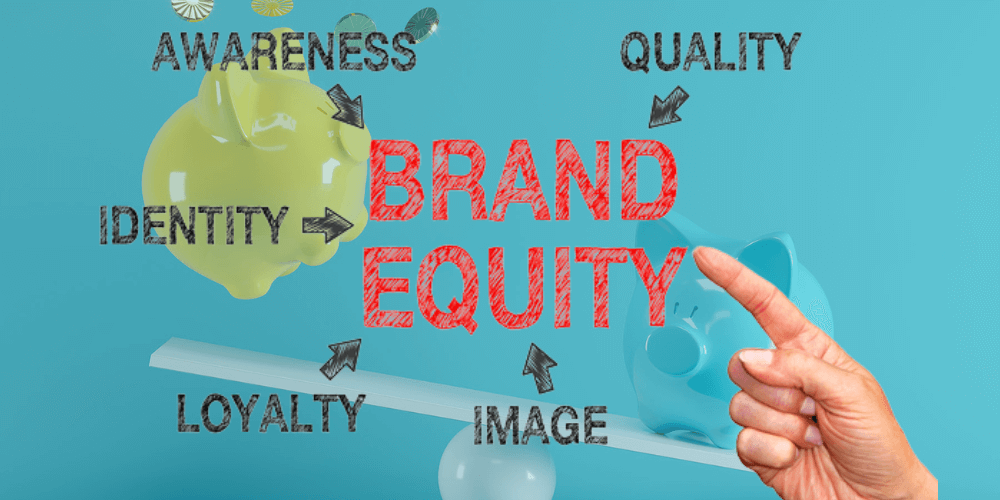
Brand Equity in Action: Real Examples
Apple
- High equity due to emotional design, consistent innovation, and intuitive UX
- Customers don’t just buy devices—they join a lifestyle
Nike
- Brand equity built on iconic storytelling and social impact
- From “Just Do It” to Colin Kaepernick campaigns, they lead with values
Viartisan
- Known for helping brands accelerate digital growth through strategic branding and UI/UX
- Their own equity comes from delivering fast, creative, and technically excellent outcomes for global startups and businesses
Want to see how Viartisan elevates brand equity? Visit our site →
How Viartisan Helps You Build and Scale Brand Equity
At Viartisan, we go beyond design—we craft brands that win mindshare and market share.
Our Key Services Include:
- Brand Positioning Strategy: Stand for something memorable
- Identity Systems: Build assets that scale across media and regions
- Digital Presence: Websites, mobile UIs, animations, and visual storytelling
- Content Strategy: Messaging and narratives that connect
- Growth Design: Optimized interfaces that convert and retain users
Whether you’re launching a DTC brand or scaling a B2B tech product, we help you build long-lasting brand equity from the ground up.
Invest in Equity, Not Just Aesthetics
Logos are assets. Brand equity is a legacy. It shapes perception, drives behavior, and builds businesses that thrive through change.
Great brand equity doesn’t happen by chance. It’s the result of thoughtful strategy, design excellence, and consistent brand behavior.
Let Viartisan help you turn your brand into a growth engine that inspires trust, loyalty, and advocacy—year after year.
